1. Smoking to Ease Stress
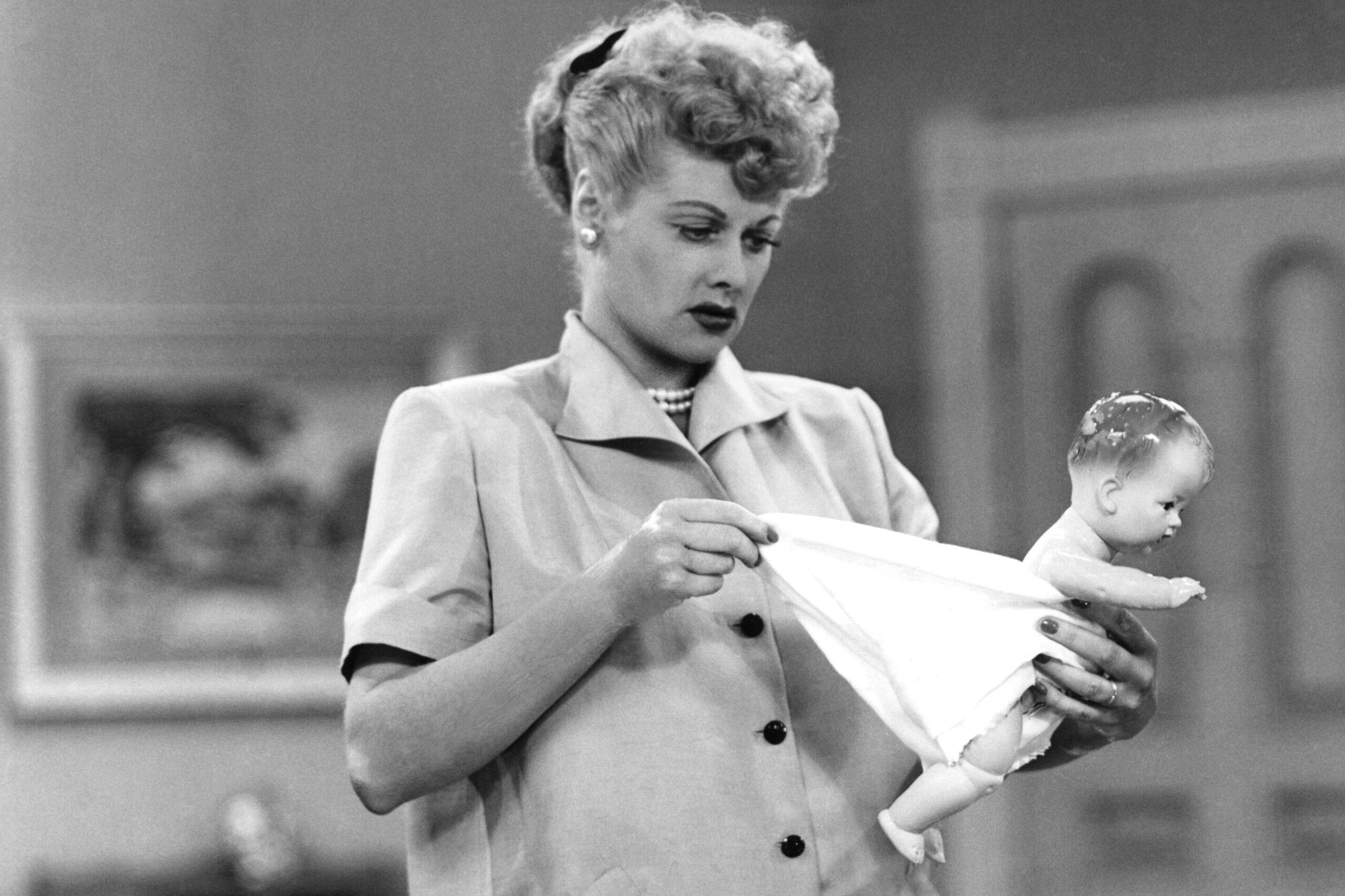
Believe it or not, doctors in the ’50s and ’60s actually told pregnant women that smoking was a great way to relax. Stress was seen as a bigger threat to the baby than cigarettes, so lighting up was often encouraged. Some doctors even claimed smoking helped prevent excessive weight gain, which they thought was more dangerous than the risks of tobacco. There were even advertisements featuring medical professionals recommending specific cigarette brands to expectant mothers. The idea of secondhand smoke wasn’t even a concern yet, so many women puffed away without a second thought says the History Press.
Of course, we now know smoking during pregnancy is linked to low birth weight, premature birth, and a host of other complications. But back then, if a pregnant woman expressed concern, her doctor might have simply reassured her with, “Just don’t overdo it.” It’s almost laughable now, considering how cigarette packs today are plastered with warning labels. But at the time, cigarettes were seen as a harmless indulgence, even for moms-to-be.
2. Drinking Alcohol to Help Relax
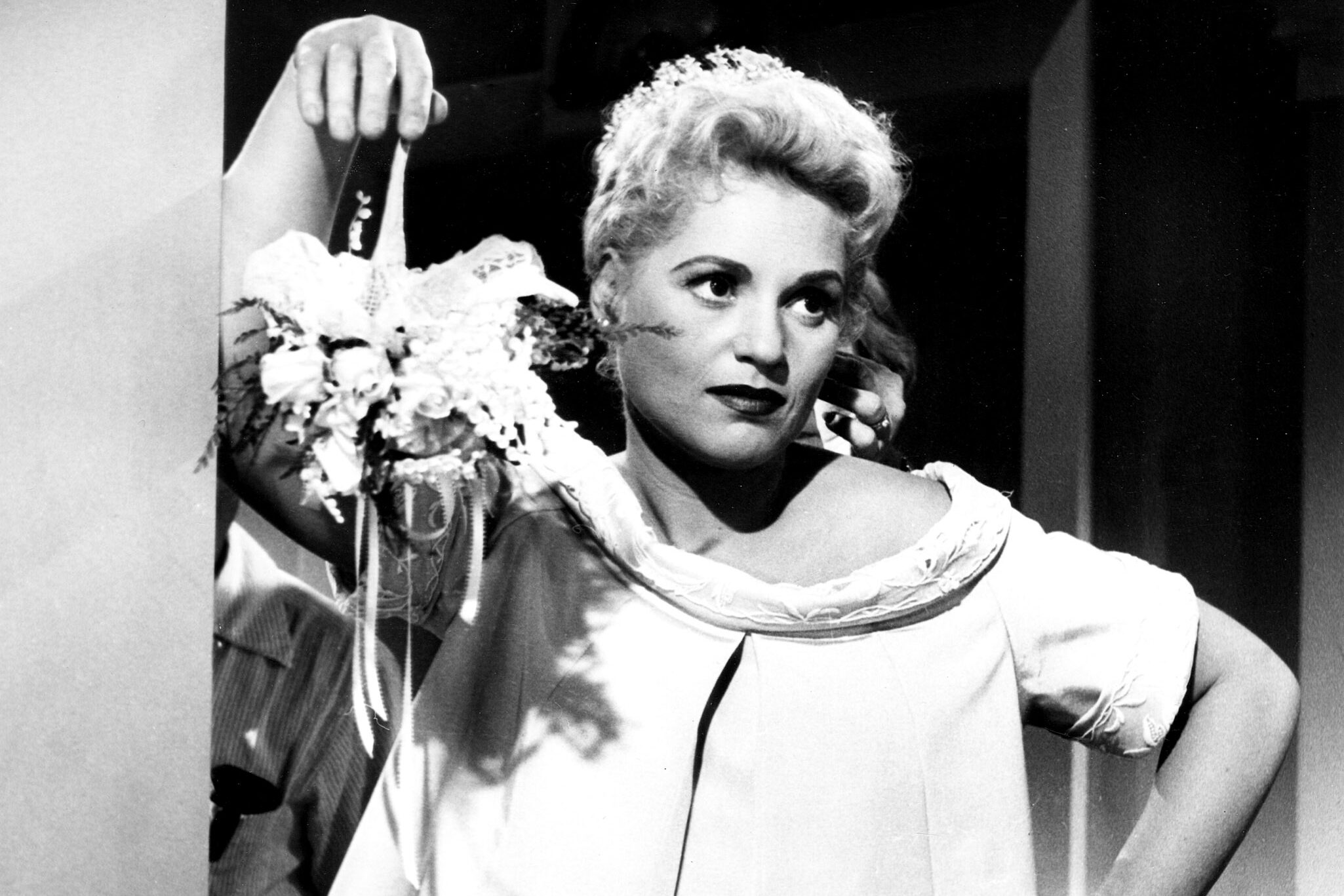
A little drink never hurt anyone—at least, that was the logic doctors used when they advised pregnant women to have a cocktail or two. In fact, some medical professionals suggested a daily glass of wine or even a shot of whiskey to help with anxiety or sleep. It was also thought to improve circulation and digestion, making it seem more like a health tonic than a risky habit. Some women were even told that beer was beneficial because it contained nutrients shares Tumblr.
These days, we know alcohol consumption during pregnancy can cause fetal alcohol syndrome and other developmental issues. But back then, it wasn’t uncommon for pregnant women to sip on a cocktail at dinner with zero judgment. Even magazines ran articles reassuring women that a drink or two wouldn’t hurt. It’s wild to think that something now seen as so dangerous was once casually recommended adds the BBC.
3. Taking Diet Pills to Control Weight

Doctors in the ’50s and ’60s were obsessed with making sure pregnant women didn’t gain too much weight. If a woman seemed to be putting on more than the recommended amount, some doctors didn’t hesitate to prescribe diet pills. These pills often contained amphetamines, which are now known to be highly addictive and dangerous. At the time, though, they were marketed as a way to keep expectant mothers from getting “too fat,” as excess weight was believed to make labor harder says Cambridge University.
Pregnant women were essentially handed speed under the guise of good health. The idea of pumping a developing baby full of stimulants is horrifying now, but back then, it was just another way to stay in shape. Energy levels soared, appetites shrank, and doctors were happy with the results. Nobody stopped to question what all those drugs might be doing to the baby.
4. Avoiding Too Much Fresh Air
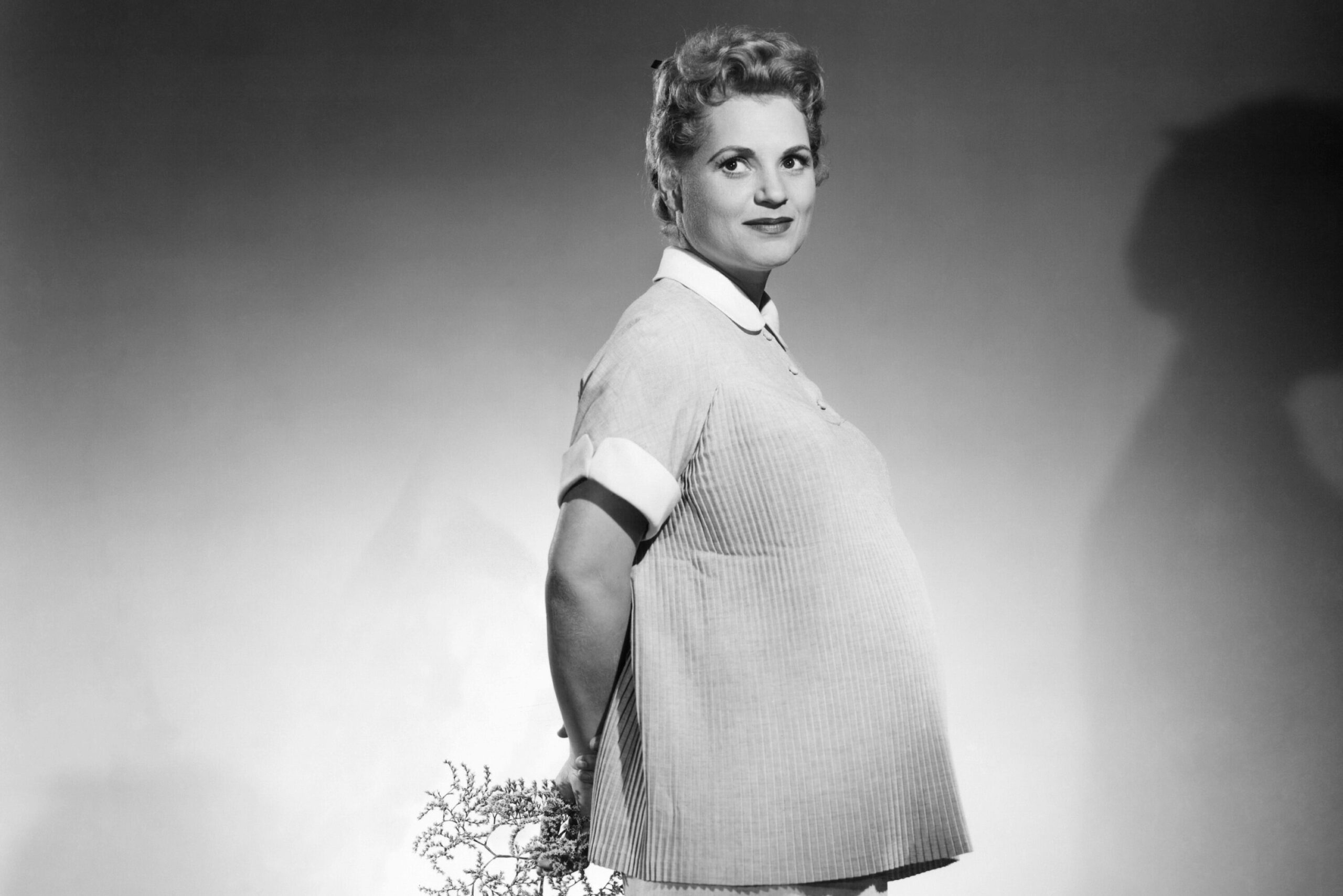
While fresh air is now considered essential for good health, doctors in the mid-20th century sometimes warned pregnant women against spending too much time outdoors. The belief was that cold air, sudden temperature changes, or even a strong breeze could make a woman sick, which could harm the baby. Some doctors even suggested staying indoors as much as possible to prevent unnecessary exposure to germs. Women were advised to rest and avoid excessive movement, which meant skipping out on long walks or time in the sunshine.
This advice led to many expectant mothers becoming overly sedentary, which we now know isn’t ideal for pregnancy. Being cooped up indoors likely contributed to other health problems, like poor circulation and low energy. Today, doctors encourage moderate exercise and plenty of fresh air, recognizing that a little movement does wonders for both mom and baby. But in the past, a woman who dared to go for a brisk walk might have been scolded for risking her health.
5. Eating Liver for Extra Nutrition
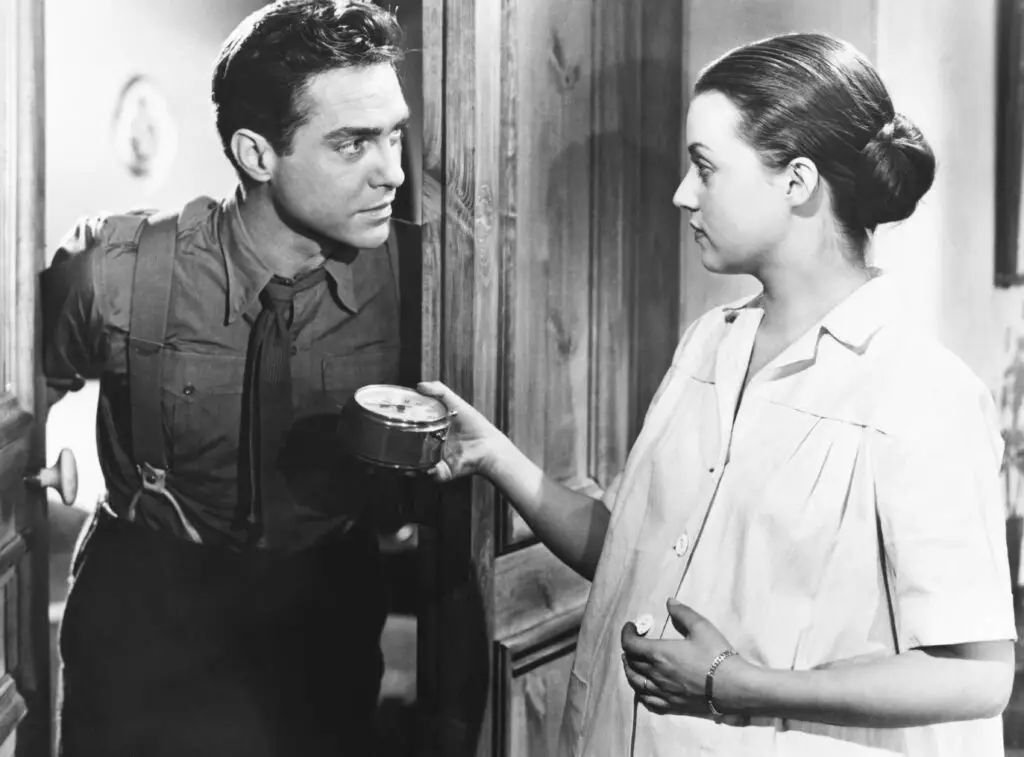
Liver was practically considered a superfood in the ’50s and ’60s, and doctors frequently recommended it to pregnant women. It was packed with iron and vitamin A, which were seen as essential for growing babies. Women were encouraged to eat liver regularly, sometimes even multiple times a week, despite the fact that high doses of vitamin A can actually be harmful to fetal development. There was little concern about the potential risks of overloading the body with certain nutrients.
Now, we understand that too much vitamin A can lead to birth defects, making liver a food pregnant women are often advised to avoid. But back then, a well-meaning doctor might have insisted it was one of the best things an expectant mother could eat. Some women who hated the taste of liver even forced it down just to follow their doctor’s orders. It’s hard to imagine being told to eat something that could actually harm the baby rather than help it.
6. Drinking Coffee All Day
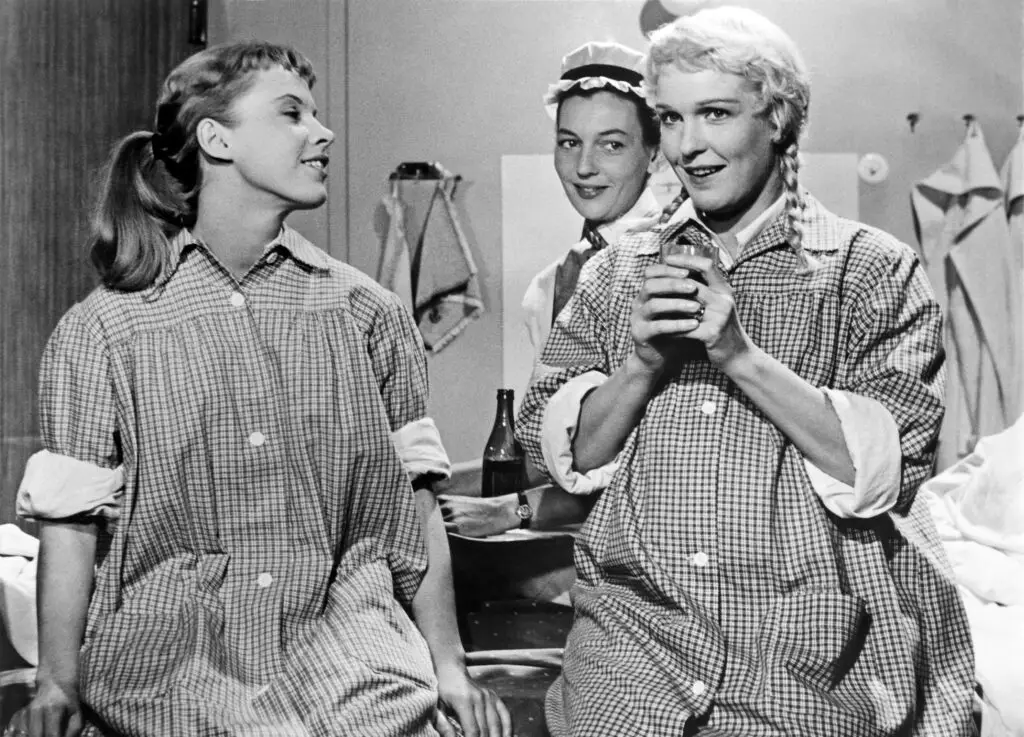
These days, doctors recommend limiting caffeine during pregnancy, but in the ’50s and ’60s, coffee was practically considered a health drink. Some doctors even encouraged pregnant women to drink coffee to help with fatigue and digestion. The idea that caffeine could affect a developing baby wasn’t widely understood, so women were free to sip cup after cup without any warnings. Some doctors even claimed coffee could help with constipation, making it seem even more beneficial.
Now, we know excessive caffeine can lead to low birth weight and other complications, but at the time, it was just another part of daily life. Pregnant women drank coffee all day long without a second thought. There were no warnings about potential risks, and many women likely never connected their sleepless nights or jittery feelings to their caffeine intake. Looking back, it’s shocking how little concern there was over something we now know should be consumed in moderation.
7. Wearing Tight Girdles to Stay in Shape
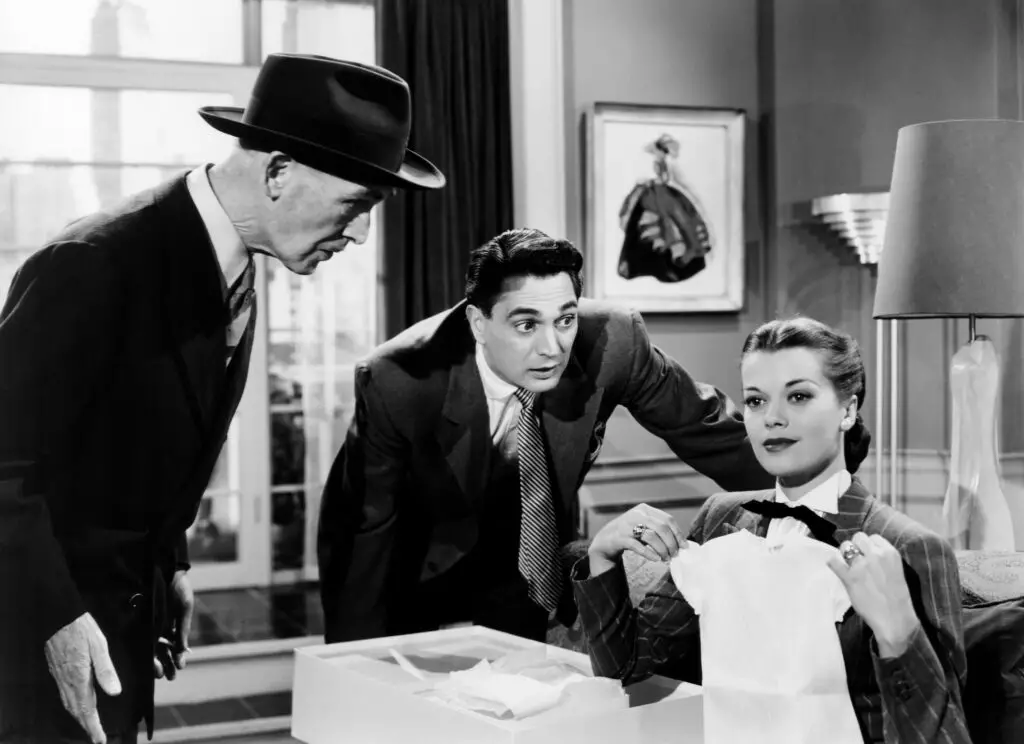
Pregnant women today embrace stretchy maternity wear, but in the past, many were encouraged to keep squeezing into girdles. Doctors assured women that wearing a tight girdle would help support their growing belly and even prevent stretch marks. Some women were even told that wearing one could help keep their baby in the “right position.” Of course, this meant compressing the abdomen, making it harder to breathe and move comfortably.
We now know that squeezing a developing baby with restrictive clothing is far from beneficial. The idea of a doctor encouraging women to basically corset their bump sounds absurd today. But back then, keeping up appearances seemed just as important as a healthy pregnancy. Comfort definitely took a backseat to outdated beauty standards.
8. Avoiding Spicy Foods
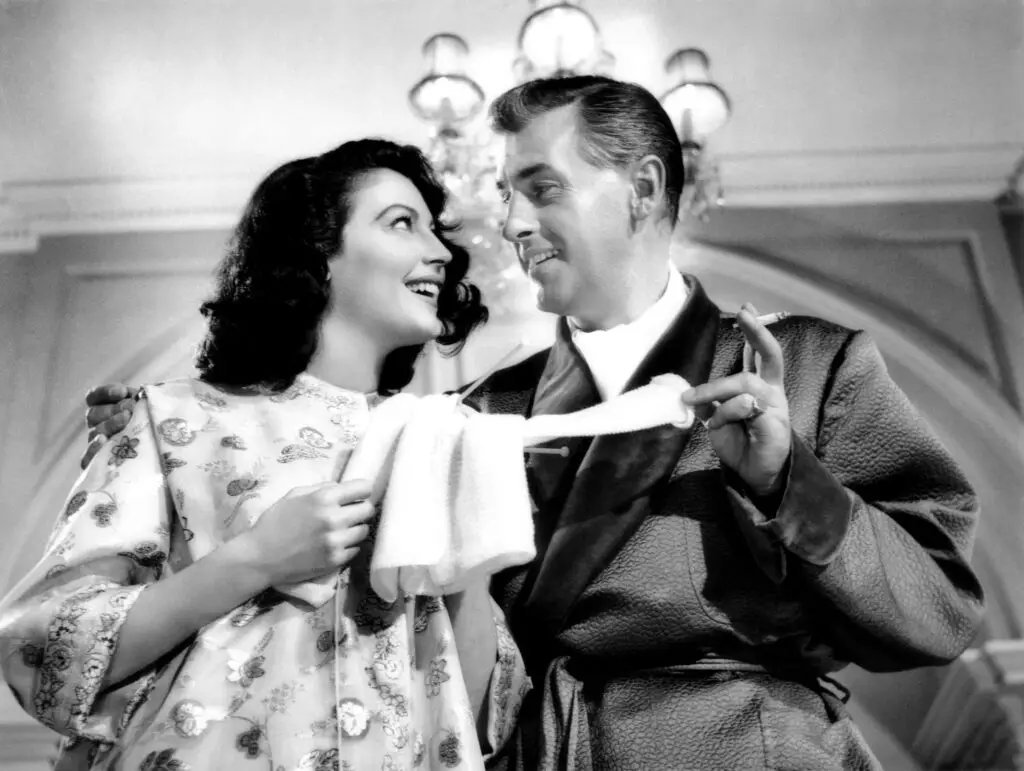
Doctors often warned pregnant women to stay away from spicy foods, believing they could cause everything from indigestion to miscarriage. The idea was that anything too strong could “shock” the baby or cause unnecessary discomfort. Some even thought spicy foods could lead to early labor, though there was no scientific evidence to support this claim. Women were told to stick to bland, mild foods just to be safe.
Today, we know that spicy foods are harmless during pregnancy unless they cause heartburn or personal discomfort. In fact, some cultures have always included spicy dishes in their diets without issue. But back in the mid-century, a woman caught eating something too flavorful might have been scolded for taking an unnecessary risk. It’s just another example of how outdated medical advice often had little basis in reality.
9. Limiting Water Intake to Prevent Swelling

It seems like common sense today that staying hydrated is crucial during pregnancy, but in the ’50s and ’60s, doctors sometimes advised the opposite. Many believed drinking too much water would lead to excessive swelling or water retention, which could make pregnancy more uncomfortable. Some women were even told to cut back on fluids entirely if they started to notice puffiness in their hands or feet. Instead of emphasizing hydration, doctors focused on controlling weight gain, sometimes at the expense of overall health.
Now, we know dehydration can lead to complications like headaches, dizziness, and even preterm labor. Cutting back on fluids doesn’t prevent swelling—it actually makes it worse. Pregnant women today are encouraged to drink plenty of water to keep their bodies functioning properly and to help support the baby’s development. Looking back, it’s shocking to think that something as basic as drinking water was ever discouraged.
10. Sleeping on Their Backs Only
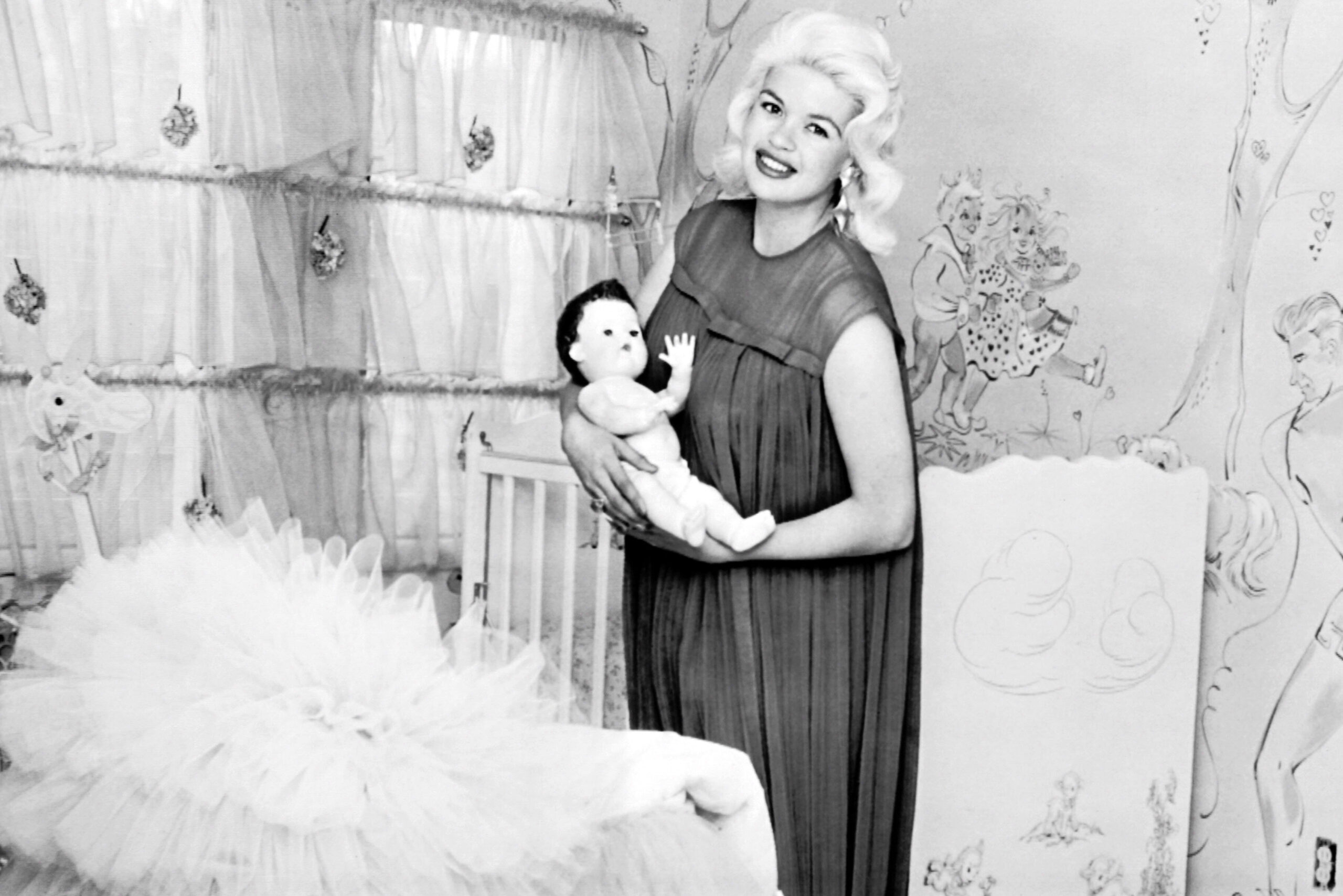
These days, doctors recommend that pregnant women sleep on their sides, particularly the left side, to improve circulation. But in the ’50s and ’60s, many doctors insisted that sleeping flat on the back was the safest position. The idea was that it helped keep the baby from moving too much and ensured better spinal alignment for the mother. Some women were even told that sleeping in any other position could put too much pressure on the baby.
Now, we understand that lying on the back can actually reduce blood flow to the baby and lead to dizziness and low blood pressure for the mother. But at the time, it was considered the gold standard for safe sleep. Women who naturally preferred side sleeping may have forced themselves onto their backs just to follow their doctor’s orders. It’s amazing how medical advice can completely flip over time—literally.
11. Avoiding Exercise at All Costs
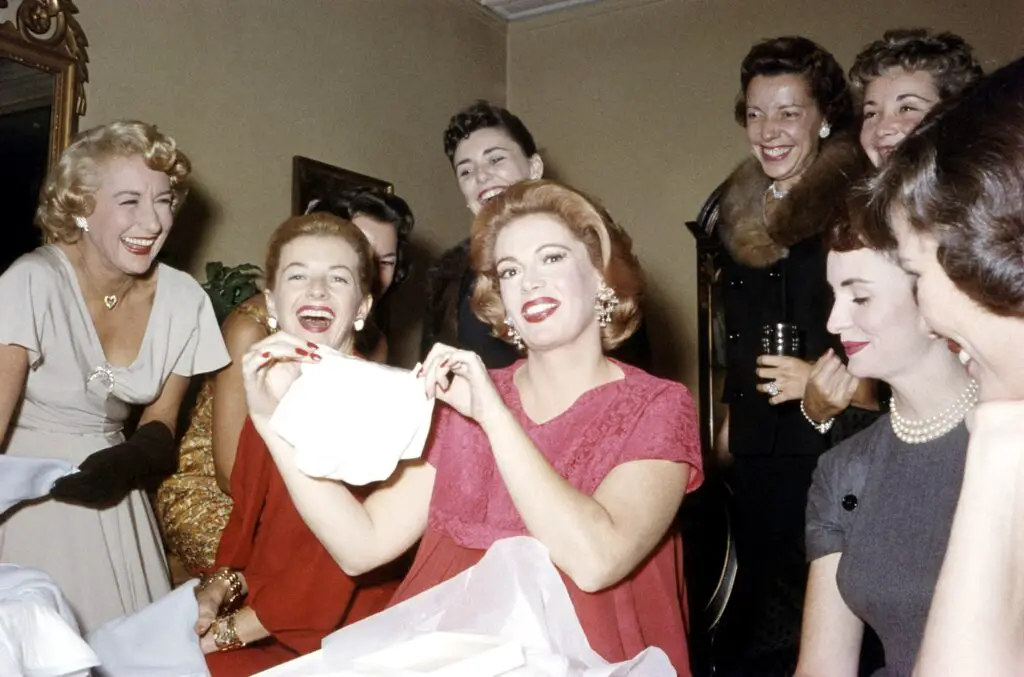
Modern pregnancy guidelines encourage gentle exercise to keep both mom and baby healthy, but in the mid-century, many doctors discouraged it altogether. Women were told that too much movement could harm the baby, cause preterm labor, or simply wear them out too much. Even walking for extended periods was sometimes seen as risky. Instead, expectant mothers were often advised to rest as much as possible and avoid any strenuous activity.
Of course, now we know that regular exercise can help with circulation, energy levels, and even an easier delivery. Pregnant women today are encouraged to stay active with activities like swimming, prenatal yoga, and walking. But back then, a woman who wanted to hit the gym or go for a jog would have been told she was being reckless. It’s a stark contrast to today’s view that a strong body makes for a smoother pregnancy.
12. Using Laxatives to Prevent “Toxic” Constipation
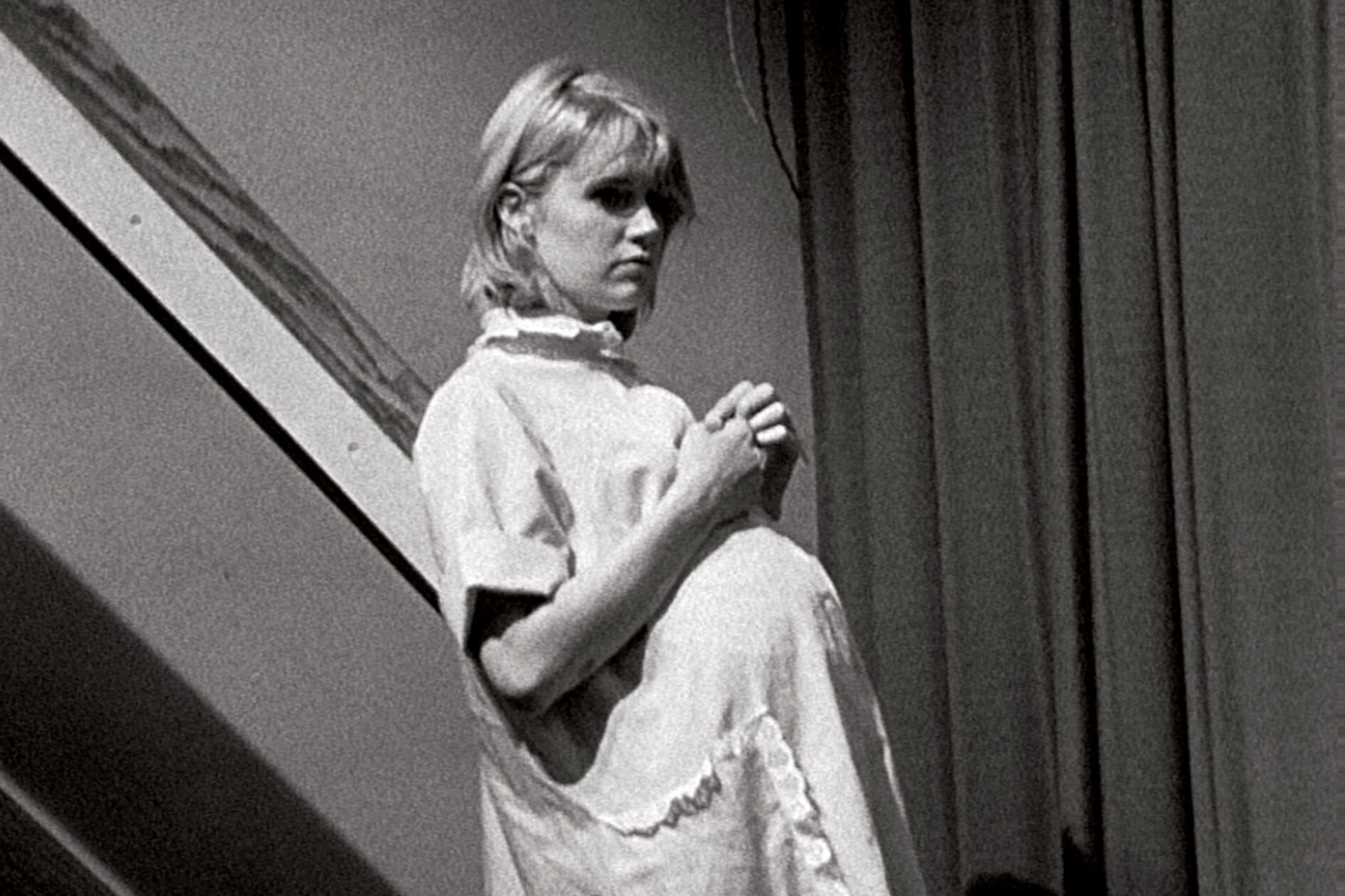
Pregnancy can sometimes cause constipation, and while today’s doctors recommend fiber and hydration, mid-century doctors had a different approach. Many believed that waste sitting too long in the body could be “toxic” to the baby, so they encouraged frequent laxative use. Some women were even told to take laxatives daily to keep their systems “clean” and ensure their baby wasn’t being exposed to harmful buildup. There was little concern about dehydration or nutrient loss from overuse.
We now understand that excessive laxative use can lead to dehydration, electrolyte imbalances, and even dependency. Pregnancy naturally slows digestion, and while mild remedies like fiber and fluids help, forcing the body to purge constantly is unnecessary. Yet for women in the past, taking laxatives was just another part of their prenatal routine. It’s a wonder that so many babies were born healthy despite all this questionable advice!
